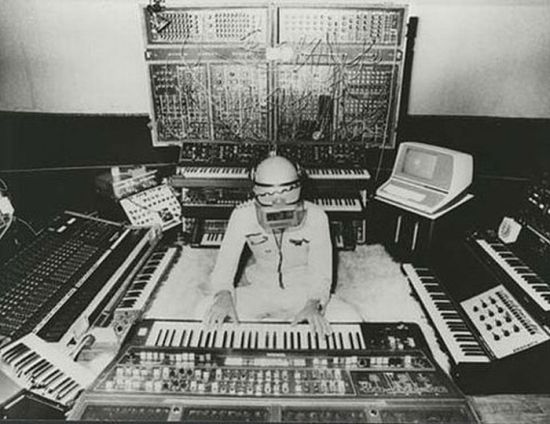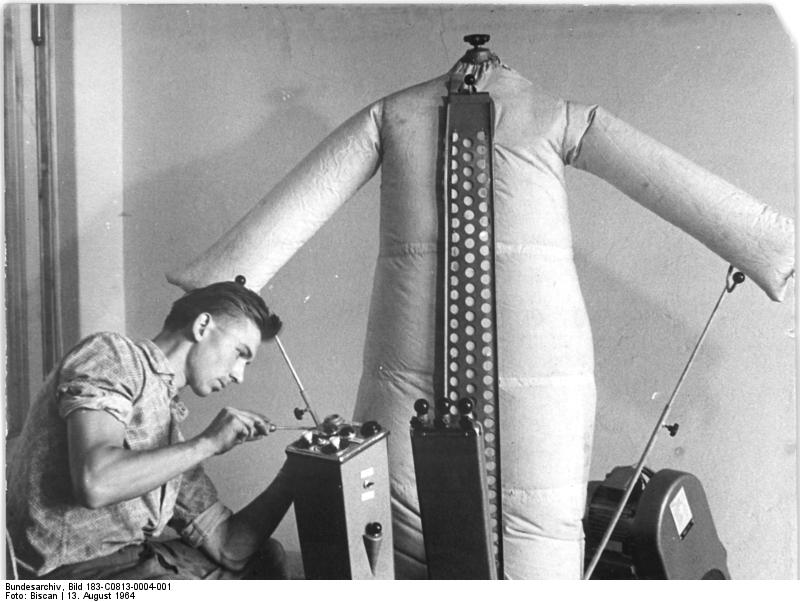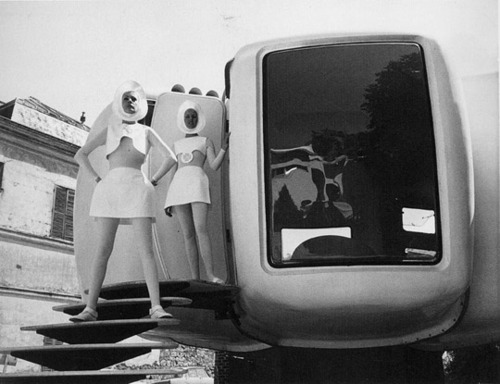Evgeny Morozov opines at Slate on computer-driven automatic journalism. An excerpt:
“Narrative Science is one of several companies developing automated journalism software. These startups work primarily in niche fields—sports, finance, real estate—in which news stories tend to follow the same pattern and revolve around statistics. Now they are entering the political reporting arena, too. A new service from Narrative Service generates articles about how the U.S. electoral race is reflected in social media, what issues and candidates are most and least discussed in a particular state or region, and similar topics. It can even incorporate quotes from the most popular and interesting tweets into the final article. Nothing covers Twitter better than the robots.
It’s easy to see why Narrative Science’s clients—the company says it has 30—find it useful. First of all, it’s much cheaper than paying full-time journalists who tend to get sick and demand respect. As reported in the New York Times last September, one of Narrative Science’s clients in the construction industry pays less than $10 per 500-word article—and there is no one to fret about the terrible working conditions. And that article takes only a second to compose. Not even Christopher Hitchens could beat that deadline. Second, Narrative Science promises to be more comprehensive—and objective—than any human reporter. Few journalists have the time to find, process, and analyze millions of tweets, but Narrative Science can do so easily and, more importantly, instantaneously. It doesn’t just aim to report fancy statistics—it attempts to understand what those numbers mean and communicate this significance to the reader. Would Narrative Science have unmasked the Watergate? Probably not. But then most news stories are easier to report and decipher.
Narrative Science’s founders claim that they simply want to help—not exterminate!—journalism, and they may very well be sincere. Reporters are likely to hate their guts, but some publishers, ever concerned with paying the bills, would surely embrace them with open arms. In the long run, however, the civic impact of such technologies—which are only in their infancy today—may be more problematic.” (Thanks Browser.)
••••••••••
Read more Evgeny Morozov posts:



















